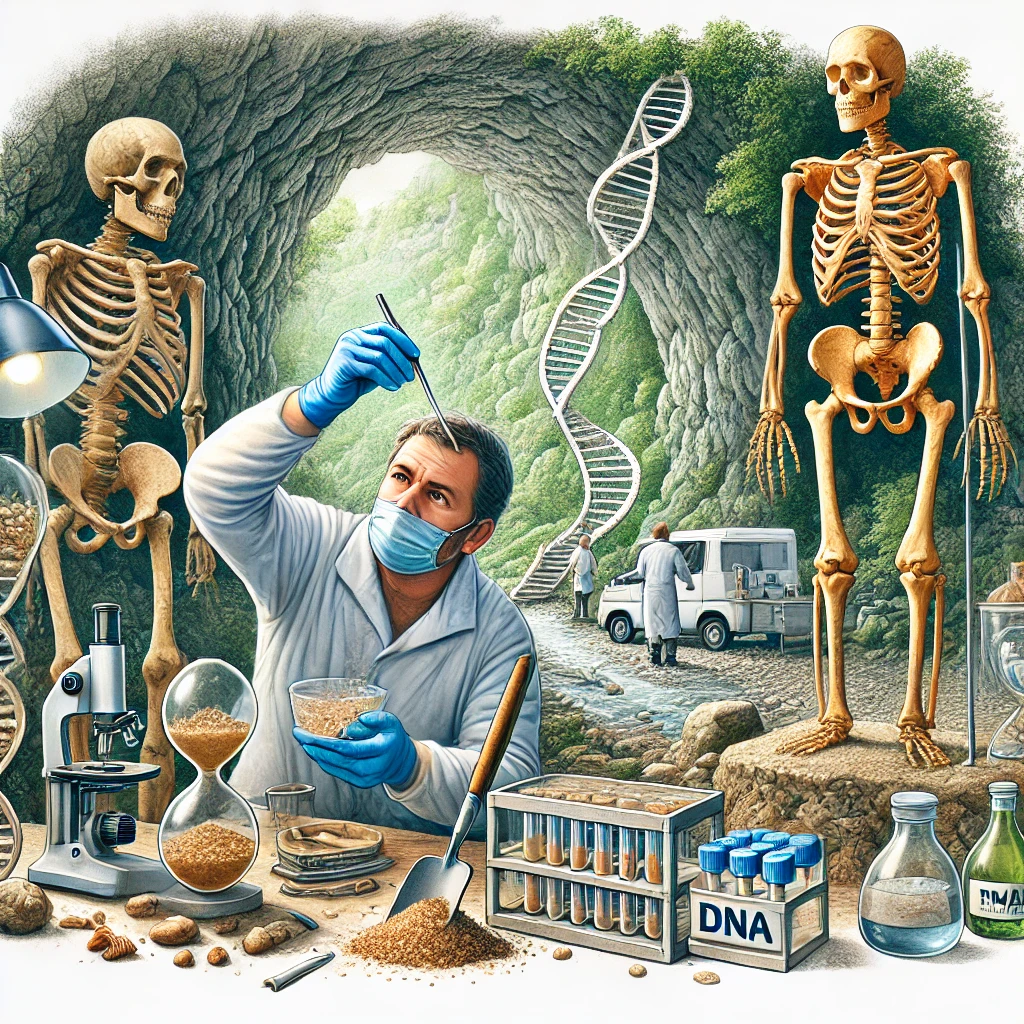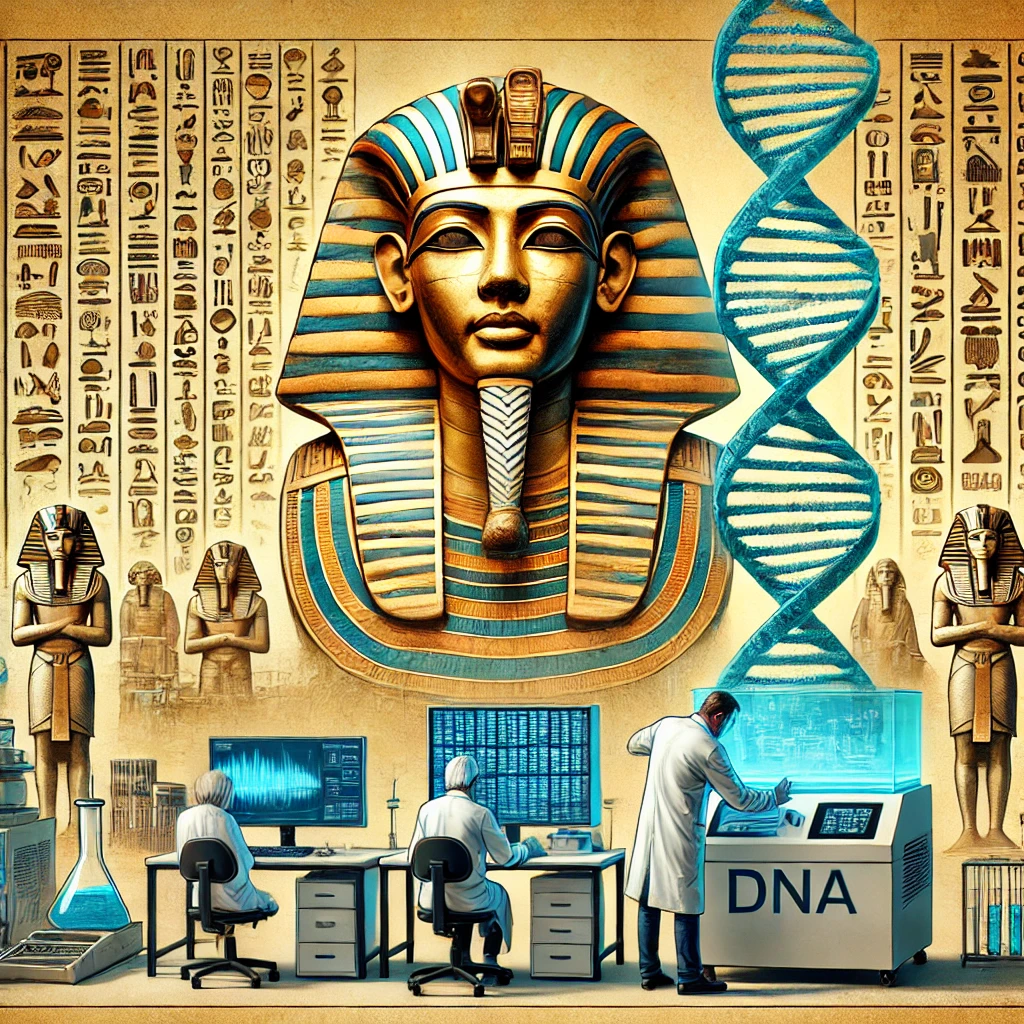
Ancestry and dna tests
Ancestry and DNA have become pivotal in exploring human history, identity, and relationships. With advancements in genetic science and the availability of DNA testing, individuals can now trace their lineage, understand their heritage, and uncover previously unknown connections. This expose delves into the significance of ancestry and DNA, the science behind it, and some famous examples illustrating its impact.
The Science of DNA and Ancestry
Deoxyribonucleic acid (DNA) is the molecule that contains the genetic instructions for the development, functioning, growth, and reproduction of all known organisms. Each person’s DNA is unique (except for identical twins) and is inherited from their parents. Through DNA testing, scientists can analyze specific markers in an individual’s genome to determine genetic similarities and differences.
Key Concepts:
- Autosomal DNA Testing: Analyzes the 22 pairs of non-sex chromosomes and is useful for finding relatives across all lines of one’s family.
- Y-DNA Testing: Analyzes the Y chromosome, passed from father to son, to trace paternal lineage.
- mtDNA Testing: Examines mitochondrial DNA, passed from mother to all her children, to trace maternal lineage.
- Ethnicity Estimates: Provides an estimate of an individual’s ethnic background by comparing their DNA to reference populations.
Famous Examples of Ancestry and DNA Discoveries
- Oprah Winfrey:
- Discovery: Talk show host and media mogul Oprah Winfrey undertook a DNA test that revealed her ancestry roots traced back to the Kpelle people in Liberia.
- Impact: This discovery was significant for Winfrey, who, like many African Americans, had ancestors who were enslaved, and it provided a deeper connection to her heritage.
- Ben Affleck:
- Discovery: Actor Ben Affleck discovered through genealogy research that he had a relative who owned slaves, a fact he initially tried to keep private.
- Impact: The revelation sparked conversations about the importance of transparency and reckoning with uncomfortable aspects of family history.
- Thomas Jefferson and Sally Hemings:
- Discovery: DNA testing in the late 1990s provided evidence that Thomas Jefferson, the third President of the United States, fathered at least one child with Sally Hemings, one of his enslaved women.
- Impact: This confirmation reshaped historical narratives and highlighted the complex relationships between founding figures and enslaved individuals.
- Angelina Jolie:
- Discovery: Actress Angelina Jolie’s genetic testing revealed she carries a mutation in the BRCA1 gene, which significantly increases the risk of breast and ovarian cancer.
- Impact: Jolie’s public decision to undergo a preventive double mastectomy brought global awareness to genetic testing and proactive health measures.
- Roots by Alex Haley:
- Discovery: Although not a direct result of DNA testing, Alex Haley’s book Roots traced his ancestry back to Kunta Kinte, a Gambian man enslaved in America. Modern DNA testing has since validated and expanded genealogical research like Haley’s.
- Impact: Roots inspired many African Americans to explore their ancestry and brought attention to the broader societal importance of understanding one’s heritage.
The Broader Impact of Ancestry and DNA Testing
The ability to trace ancestry through DNA has had profound cultural, social, and scientific implications:
Cultural Reconnection: For many individuals, especially those whose family histories were disrupted by slavery, adoption, or migration, DNA testing provides a means to reconnect with lost heritage and culture.
Health and Medicine: Understanding genetic predispositions to certain diseases allows individuals to make informed health decisions. This has also advanced personalized medicine, where treatments can be tailored based on genetic information.
Ethical Considerations: The accessibility of DNA testing raises ethical questions regarding privacy, data security, and the potential for genetic discrimination. Companies and governments are grappling with how to regulate and protect genetic information.
Legal and Forensic Applications: DNA testing has revolutionized forensic science, solving cold cases and exonerating wrongfully convicted individuals. It also plays a role in immigration cases where proving biological relationships is required.
Social Dynamics: Discovering new relatives through DNA testing can alter family dynamics, bring long-lost relatives together, or sometimes create complex emotional situations.
Conclusion
Ancestry and DNA testing have transformed our understanding of identity and heritage. From uncovering personal histories to advancing scientific research and healthcare, the impact is far-reaching. As technology continues to evolve, the potential to explore the depths of our genetic makeup will only expand, offering even greater insights into who we are and where we come from.
Examples from archeology
The integration of DNA analysis into archaeology has revolutionized our understanding of ancient populations, migration patterns, and human evolution. Here are some notable examples of how DNA has illuminated archaeological findings:
Famous Archaeological DNA Discoveries
- The Denisovans:
- Discovery: In 2008, a fragment of a finger bone found in the Denisova Cave in Siberia led to the identification of a previously unknown group of archaic humans, named Denisovans.
- Impact: DNA analysis showed that Denisovans were distinct from both Neanderthals and modern humans but interbred with both. This finding has reshaped our understanding of human evolution and migration, indicating a more complex web of interactions among ancient human species.
- King Tutankhamun:
- Discovery: The DNA analysis of the famous Egyptian pharaoh, King Tutankhamun, provided insights into his health, ancestry, and cause of death.
- Impact: The study revealed that Tutankhamun had multiple genetic disorders likely due to inbreeding, which was common among Egyptian royalty. It also helped confirm his parentage and clarified his place in the lineage of Egyptian pharaohs.
- The Egtved Girl:
- Discovery: The remains of the Egtved Girl, a well-preserved Bronze Age teenager found in Denmark, were analyzed for their DNA.
- Impact: The DNA results showed that she was not native to Denmark but likely originated from the Black Forest region in Germany. This finding provided evidence of long-distance travel and trade in Bronze Age Europe.
- Richard III:
- Discovery: The remains of King Richard III of England were discovered in 2012 under a car park in Leicester. DNA testing confirmed the identity of the skeleton.
- Impact: The DNA analysis not only confirmed the king’s identity but also provided insights into his appearance, health, and familial relationships. This has led to a reevaluation of historical accounts of his life and reign.
- The Clovis People:
- Discovery: DNA from a boy buried at the Anzick site in Montana provided the first direct genetic evidence of the Clovis people, one of the earliest known Native American cultures.
- Impact: The DNA showed that the Clovis people are directly related to modern Native Americans, supporting the theory that they are descendants of the first people to migrate to the Americas from Asia via the Bering land bridge.
- Ötzi the Iceman:
- Discovery: The well-preserved mummy of Ötzi the Iceman, found in the Alps, has been extensively studied for its DNA.
- Impact: Genetic analysis revealed details about his ancestry, diet, health conditions, and even his last meal. It also provided information about the population living in Europe during the Copper Age.
- Cheddar Man:
- Discovery: Cheddar Man is the name given to the remains of a Mesolithic hunter-gatherer found in Gough’s Cave in Cheddar Gorge, England. DNA analysis was performed on his 10,000-year-old skeleton.
- Impact: The genetic analysis revealed that Cheddar Man had dark skin, blue eyes, and dark curly hair, challenging previous assumptions about the appearance of early Britons and highlighting the diverse genetic heritage of ancient populations in Europe.
- The Altai Neanderthals:
- Discovery: DNA extracted from the remains of Neanderthals found in the Altai Mountains of Siberia provided significant insights into their genetic makeup and relationship with modern humans.
- Impact: This DNA evidence confirmed that Neanderthals and modern humans interbred, contributing to the genetic diversity of present-day non-African populations. It also revealed the existence of Neanderthal populations with distinct genetic profiles.
- The Pompeii Victims:
- Discovery: DNA analysis of the remains of individuals who perished in the eruption of Mount Vesuvius in 79 AD has been conducted to learn more about their lives.
- Impact: Genetic studies have helped identify familial relationships among the victims, their health status, and their ancestry, providing a deeper understanding of the population that lived in Pompeii.

Broader Implications
The integration of DNA analysis into archaeological research has not only provided concrete answers to historical questions but has also opened new avenues for exploration:
- Human Migration Patterns: Ancient DNA has traced the movements of early humans, revealing migration routes and interactions between different populations over millennia.
- Health and Disease: Analysis of ancient DNA has uncovered the prevalence of diseases in historical populations, offering insights into the evolution of pathogens and human health.
- Cultural Practices: Genetic studies have revealed information about ancient dietary habits, agricultural practices, and social structures.
Conclusion
DNA analysis has become an indispensable tool in archaeology, transforming our understanding of the past. From uncovering the mysteries of ancient civilizations to rewriting the narratives of human evolution, the interplay of genetics and archaeology continues to provide profound insights into our collective history. As technology advances, the potential for new discoveries grows, promising to further illuminate the intricate tapestry of human ancestry.

